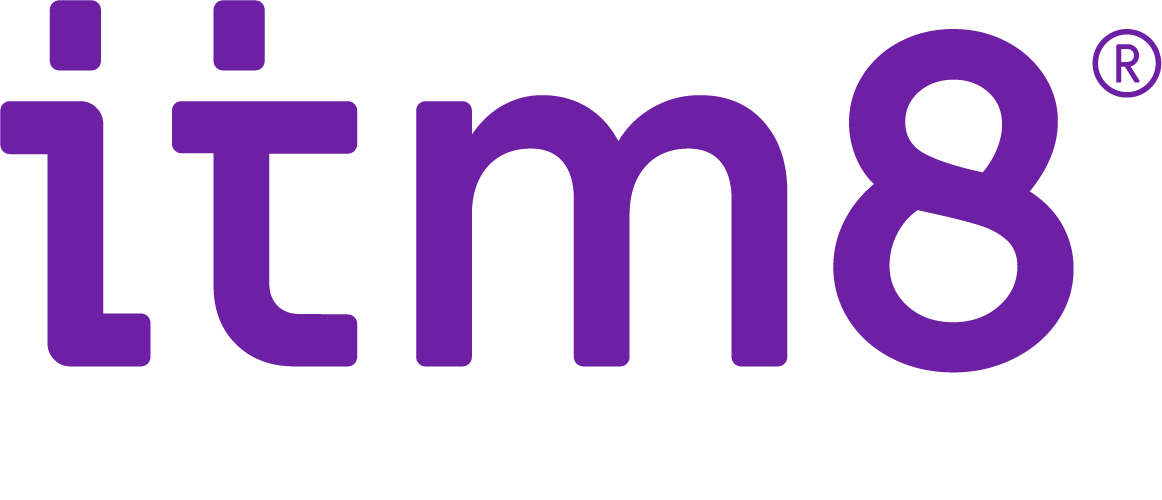Pandemin påverkade våra IT-verksamheter kraftigt och har inneburit många förändringar som vi fortfarande behöver leva efter. Tidigt placerades stor vikt vid lösningar för att möjliggöra arbete hemifrån, något som nu i olika grad har blivit det normala. Möjligheten att arbeta hemifrån har inneburit många utmaningar där en är möjligheten att säkra individ och data i okontrollerade miljöer. Samtidigt har illasinnade aktörer tagit tillfället i akt och vi har kunnat se högre aktivitet än normalt av skadlig kod och angrepp under perioden.
Dagens cyberattacker är alltmer sofistikerade och allt svårare för den vanliga användaren att identifiera och värja sig från. Vi som mer dagligen pratat om säkerhet brukar dela in dem i två olika typer av hot, de oriktade och de riktade hoten. Med oriktade hot menas mer opportunistiska angrepp som kanske inte har ett speciellt mål. Denna typ av angrepp är billiga för angriparen att utföra i stor skala, ungefär på samma sätt som spam. Typiskt handlar det om spridning av olika typer av virus, maskar eller ransomware.
Riktade hot är mot specifika mål och angreppen styrs mer efter vad man vill åstadkomma. För utpressning av online-verksamheter är överbelastningsattacker en relativt billig metod och svåra att värja sig mot. Informationsstöld är en dyrare men också mer lönsam metod om den är lyckosam. De flesta riktade angreppen har koppling till organiserad brottslighet med utpressning som affärsidé. När det kommer till stöld av immateriella rättigheter syns oftare andra aktörer för industrispionage och aktörer med nationella kopplingar.
Med IT-arbetsplatsen som det primära fönstret mot verksamhetssystemen för medarbetaren är den ett attraktivt mål för att ta sig in i de värdefulla systemen. IT-arbetsplatsen och sättet vi arbetar har förändrats i spåren av pandemin, vilket har förändrat säkerhetsarbetet.
Arbete är inte längre synonymt med kontoret
Ett konkret exempel på förändring har varit skiftet i var arbete sker. Arbete och arbetsplats är inte längre synonymt med kontoret. För många med i huvudsak administrativa arbetsuppgifter blev det den helt dominerande arbetsformen under pandemin. Vår traditionella syn att hantera säkerhet genom att utgå från kontoret med brandväggar och VPN slogs därmed snabbt i spillror.
Även våra arbetssätt har förändrats. Ett arbete är inte längre en plats utan snarare en funktion som vi medarbetare utför. Var fysiskt vi befinner oss spelar mindre roll, särskilt tider då alltmer finns sparat och lagrat i molnet. Säkerheten hamnar i ett helt nytt fokus än när servern stod i den lokala källaren och nätverket inte nådde utanför kontoret.
Konsekvens av hemarbete
Hemarbetet har inneburit investeringar och kostnader utöver vad som egentligen var budgeterat, vilket påverkat en redan ansträngd budget. Införandet av hemarbete har för många även resulterat i en ökad belastning på support. Andra delar som påverkats är förstås IT-arbetsplatsen som sådan men även kostnaderna för IT-säkerhet har ökat. Känslig information rör sig helt plötsligt i allt större utsträckning i okontrollerade miljöer.Samtidigt med en ökad säkerhetsutmaning har stor kraft lagts på att vi under distansarbete har plattformar och verktyg för att få tillgång till rätt information i rätt tid. Givet nya förutsättningar har många av de traditionella säkerhetsmodellerna ställts på sin spets och nya mer moderna modeller krävs nu för att försöka möta dagens hot mot såväl verksamhet som medarbetare.
Zero trust - Lita inte på något
En traditionell modell utgår ofta från ett perimeter-tänk med brandväggar, VPN, och betrodda användare där man i olika steg anses säker. Konceptet Zero Trust, handlar i stället om att utgå från att ingenting är säkert. Nu får vi arbeta efter antagandet att hoten i olika utsträckning redan finns på insidan av våra nätverk och system. Det är en naturlig förlängning av att sättet att arbeta har förändrats så mycket.
- Data – Måste säkras, kategoriseras och krypteras både när den skickas och är i vila.
- Nätverk – Behöver segmenteras, isoleras och kontrolleras i likhet med perimetermodeller.
- Arbetslaster – Appliceras över hela applikationsstacken och inte isolerade öar
- Enheter – Behöver i likhet med nätverk isoleras, säkras och kontrolleras.
- Människor – Begränsa användares åtkomst med identitetshantering. Monitorerna och logga allt.
Att begränsat åtkomsten handlar om att alltid ge minsta möjliga åtkomst och kan vara det viktigaste. På så sätt minskas den möjliga attackytan avsevärt och möjligheterna till loggning, revision och efterlevnad höjs. Det här begränsar också en angripares möjlighet till så kallad horisontell förflyttning inom den egna miljön. Zero Trust är högst relevant i sammanhanget av ett ökat arbete hemifrån, även om det inte går att implementera för hela verksamheten.
Oavsett metodik och säkerhetsmodell är mängden data som genereras ett problem och våra säkerhetslösningar är inget undantag. Här kan man fundera på fördelarna med att låta någon som har kompetensen ta ansvaret för att hantera mängden genom en etablerad SOC, något som vanligvist endast är förunnat de största verksamheterna. Fördelarna gäller i synnerhet möjligheten att upprätthålla skala, kritisk massa i specialistkompetens, etablerade partnerskap och ekosystem med andra teknikleverantörer för att på så sätt möta komplexa hot. Helt enkelt allt som är svårt för en enskild verksamhet men som är kärnan i vårt erbjudande.
Vi berättar gärna mer för dig som är intresserad hur vi på ett pragmatiskt sätt löser säkerhetsproblematiken. Kontakta oss på marknad@itm8.se





